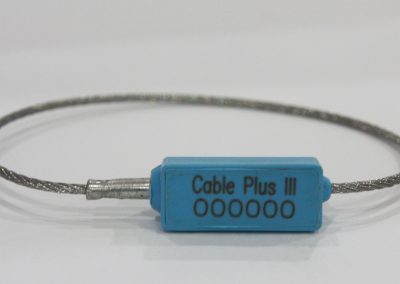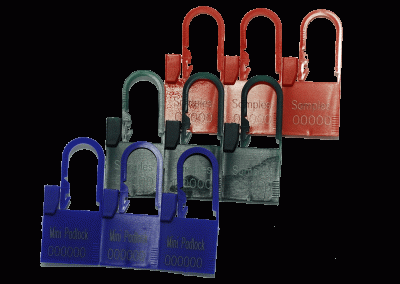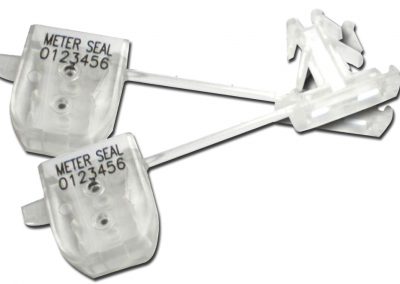CISCO SECURITY SEAL
WHAT ARE SECURITY SEALS?
Historically, seals of wax were affixed to important documents to indicate forgery or tampering; modern-day seals essentially serve the same purpose. Manufactured from sturdier materials, ranging from plastics to heavy metal, the seals of the modern age serve as barriers to unauthorized opening, or evidence that tampering has occurred.
Security seals function as a strong disposable lock and a seal to provide evidence of entry or violation. Indication of tampering will prompt deeper investigation on the matter, to apprehend the violator, and allow measures to be put in place to prevent repeat attempts.
Seals are generally categorized into three types, namely:
Indicative Seals – light duty seals to provide tamper evidence
Security Seals – intermediate strength seals that require tools to open
High Security Seals – stronger barrier seals that require heavy tools to open.
Our security seals:
Delays tampering
Provides resistance to intrusion
Provides visible evidence of tampering
Provides an audit trail of cargo and vehicle for transportation.
IMPORTANCE OF SECURITY SEAL IN TODAY’S WORLD
Seals improve the odds of detecting and preventing loss, and reduces points of opportunity. A security seal is only effective when it is applied correctly. Among the best practices for users to adopt in maximizing effectiveness of seals include:
Combining different devices or seals
Using unique marks or indicators at time of locking
Rotating colour and alpha-numeric combinations
Using warning labels as a psychological deterrent.
Selecting the right security seals for the job:
Choose a seal that fits the device or fixture to be sealed
Select a seal with appropriate level of strength and security
Use a manageable locking system
Material of seal should be suitable for the environment seal is used.




